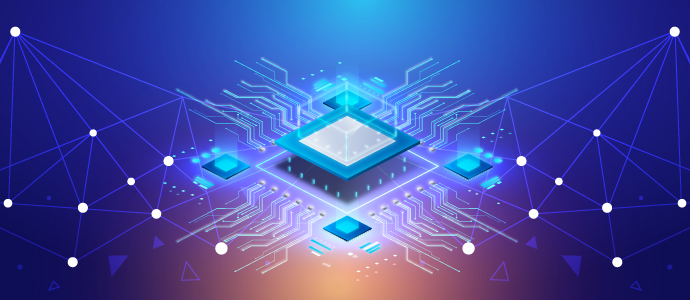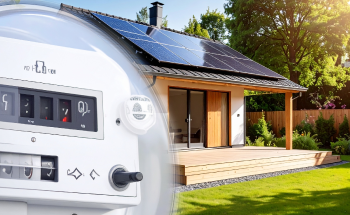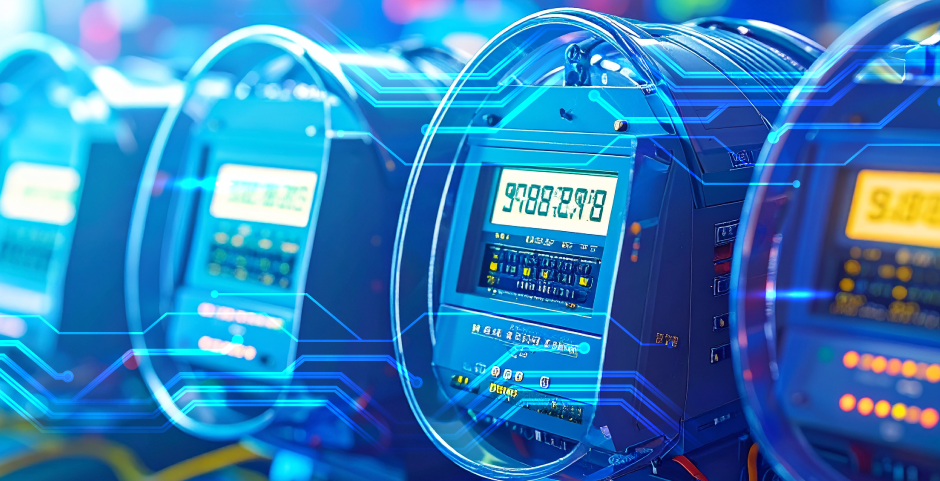DLMS GCP Implementation – An Overview
Shwetha Bhat December 24, 2024

Shwetha Bhat December 24, 2024

For decades, utility companies supplying electricity, gas, and water used manual meters to measure usage. The introduction of digital energy meters, liberalization of energy markets, and developments in communication technologies in the 1990s required a new open standard communication protocol applicable to metering.
The DLMS User Association (DLMS UA) founded in March 1997, developed a standard comprising of three fundamental parts: COSEM [IEC 62056-62] (COmpanion Specification for Energy Metering), an object capable of describing any relevant application; OBIS (Object Identification System), which uniquely identifies each data object; and DLMS (Device Language Message Specification, the application layer protocol used for mapping the interface model into messages.
DLMS is an all-inclusive and large metering standard, offering a wide choice of data models, OBIS codes, communication profiles, media and security features. It contains a well-standardized set of building blocks to describe the meter’s data model. While this ambiguity allows flexibility to meter manufacturers, the absence of a higher level of standardization has led to multiple implementations facing interoperability problems. It takes longer time to define the requirement, implement, integrate and get certification resulting in longer time-to-market, higher costs, issues with asset management and long-term support.
To address these challenges, the DLMS User Association (DLMS UA) developed Generic Companion Profiles (GCPs) earlier this year, to ensure the highest level of interoperability and compatibility among devices that implement them.
What is a Generic Companion Profile (GCP)?
A GCP is a clearly defined set of features and functionalities described within the DLMS core specifications. It is tailored to meet the requirements of a specific application, such as smart meters, remote displays, and electric vehicle charging stations (EVCS). Each GCP is built based on well-identified requirements that have been gathered over the years from members of the DLMS UA, including utilities companies, device manufacturers, software platform suppliers, among others.
GCPs are validated through the dedicated DLMS UA certification program. They enable seamless data exchange between devices such as smart meters, remote displays, and electric vehicle (EV) charging stations. These profiles are independent of hardware devices, communication technologies, cloud solutions, providing both flexibility and security in data transmission while ensuring improved compatibility.
Multiple use cases can be parameterized and configured to develop a specific application catering to devices or services within a particular industry. With these profiles, utilities and device implementers can ensure smooth integration and enhanced functionality, ultimately benefiting end-users.
Generic Companion Profiles are important because they:
Some examples of GCPs:
Source: AC Electricity Smart Meter GCP
DLMS Generic Companion Profiles (GCPs) represent a next step towards achievement of fluid compatibility across a wide range of devices to meet the dynamic demand of both the energy and water industries.
The three core GCPs for electricity smart metering, remote displays, and EV charging stations are just the starting point. DLMS UA is working on further GCPs in gas and water metering and grid edge computing, demonstrating a commitment to the advancement of technologies and to meeting diverse industry needs.
DLMS GCPs set a new benchmark with cost-effective and scalable solutions designed for smart meters, metrologically accurate remote displays, and EV charging devices. These profiles bring quite important advantages to manufacturers-they reduce development time and costs, allowing manufacturers to focus on innovation and efficiency rather than compatibility and troubleshooting problems.

July 25, 2025
The world energy scene is being revolutionized by the fast-paced increase of decentralized renewable energy sources like rooftop solar, wind microturbines, and energy storage in batteries. batteries. The driving force…
Know More
July 25, 2025
Smart metering has evolved significantly over the last two decades as it became a building block of modern energy management solutions. At the core of the evolution is the DLMS/COSEM…
Know More
July 25, 2025
As the energy sector undergoes rapid digital transformation, smart metering has emerged as a foundational technology in modern utility networks. By enabling real-time monitoring, automated billing, and remote disconnection, smart…
Know More